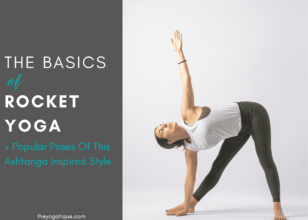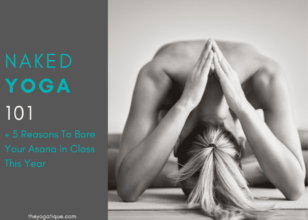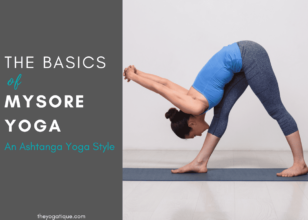We all know that yoga has many incredible benefits, from aiding physical ailments to reducing stress and eliminating insomnia. But did you know that yoga also has the power to assist trauma recovery? What is trauma sensitive yoga, you ask?! Keep reading to discover how yoga can help trauma survivors and what a trauma-informed yoga class looks like.
Whether you’re seeking a holistic healing method or are a yoga teacher looking to teach trauma-informed yoga, this trauma-informed yoga guide will reveal what you have been wanting to know about the relationship between yoga and trauma healing.
But what exactly is trauma-informed yoga, and how does it differ from regular yoga classes?
Let’s dive in.
Article content:
(Click any link below to jump directly to section)
Benefits of yoga for trauma
Various research studies have found that yoga (taught from a trauma-informed approach) can be an effective tool for those with post-traumatic stress disorder (PTSD).
A research study that explored the impact of meditation and yoga on PTSD found that the practice helps to heal psychological trauma in various ways. These are six benefits of yoga for trauma:
- Improves somatic regulation
- Increases body awareness
- Regulates emotions
- Calms the nervous system (help students get out of the fight or flight response)
- Helps students focus more on the present moment than the past
- Improves the students' relationship with their bodies and themselves.
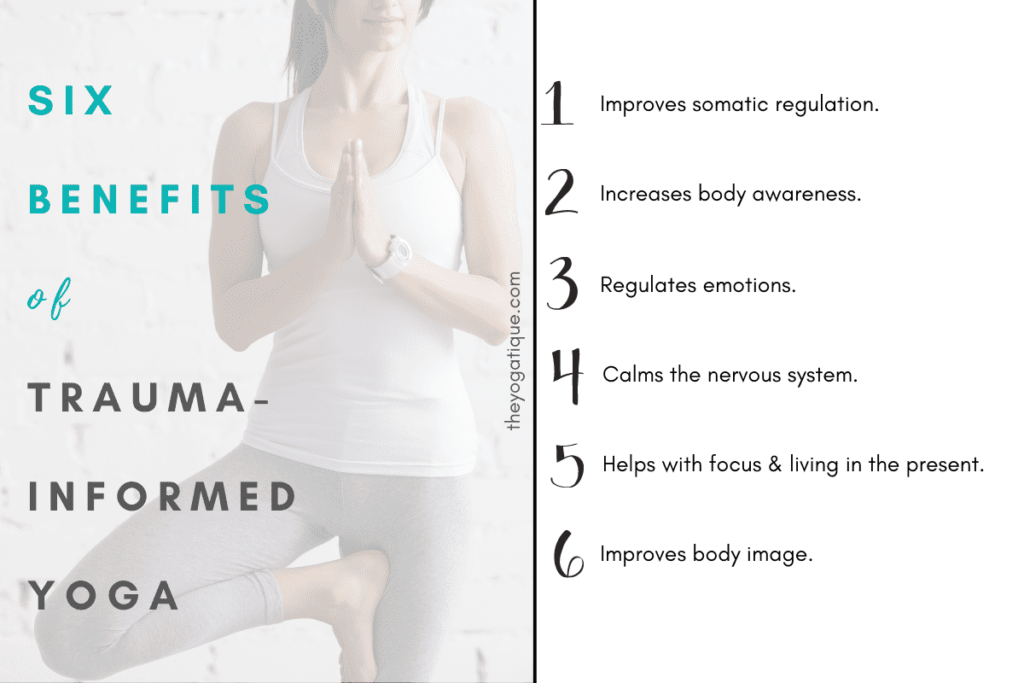
What is trauma sensitive yoga?
Trauma-sensitive yoga focuses more on increasing body awareness than on how the pose looks, as many people experience dissociation from their bodies after a traumatic experience.
Yoga is a body-based therapeutic treatment method for trauma, which works similarly to Eye Movement Desensitization and Reprocessing (EMDR)
Yoga doesn't just help to remedy recent trauma either. Yoga can also help you release childhood trauma and the built-up emotions and stress that stem from that. As yoga focuses on personal growth and embodiment, research has found that yoga can be more effective for healing from chronic childhood abuse than traditional trauma treatments.
Another key benefit of trauma-specific yoga classes is the safe space and support network it creates. Being around others who have experienced similar things can feel comforting and serve as a less overwhelming alternative to group therapy.
9 common trauma-sensitive yoga poses
So what kind of yoga is good for trauma? Restorative yoga, mindfulness meditation, and yoga Nidra and various other styles have been shown to help with healing trauma.
Teaching more dynamic yoga styles in a trauma-sensitive way is also possible. For example, there was a clinical trial on veterans suffering PTSD from 9/11 conflicts who participated in 60-minute weekly sessions of trauma-sensitive vinyasa-style yoga for 6 weeks.
The results found the participants experienced a significant decrease in PTSD symptoms like insomnia, depression, and anxiety. These are nine common yoga poses practiced in trauma-informed yoga classes:
- Mountain pose
- Warrior poses
- Tree pose
- Eagle pose
- Chair pose
- Bound angle pose
- Seated spinal twist
- Firelog pose
- Reclined twist
1. Mountain pose
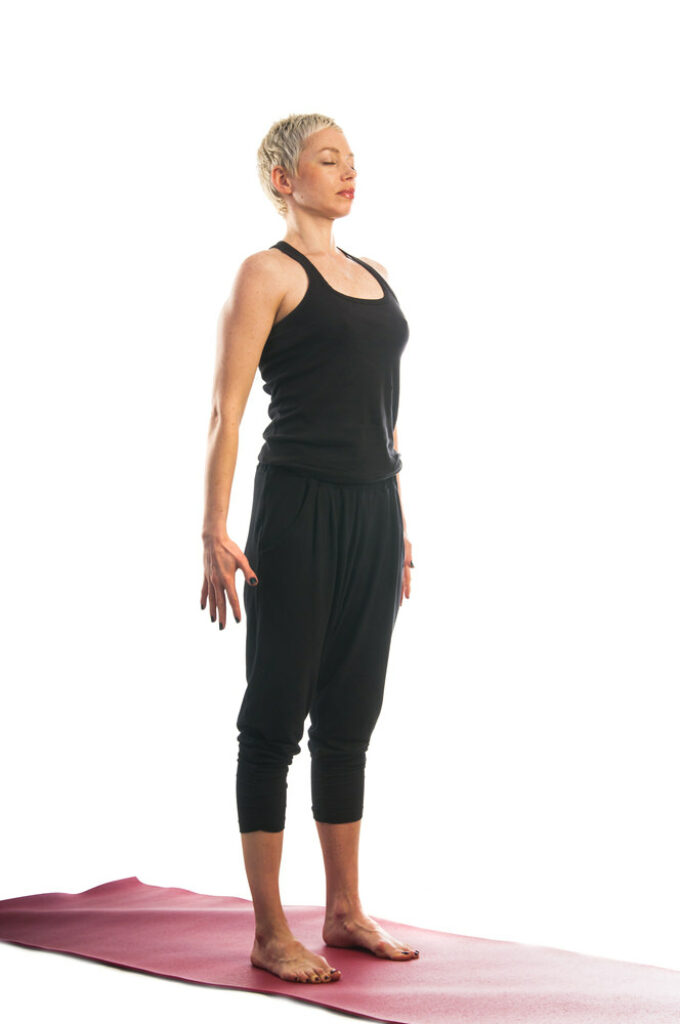
2. Warrior poses
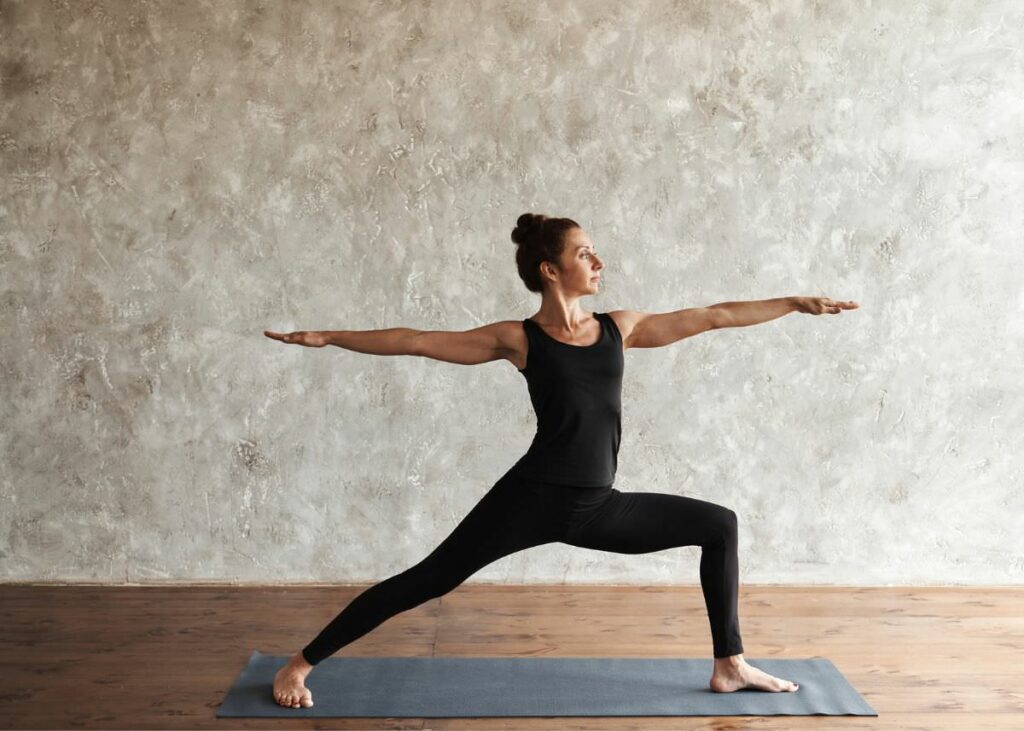
3. Tree pose

4. Eagle pose
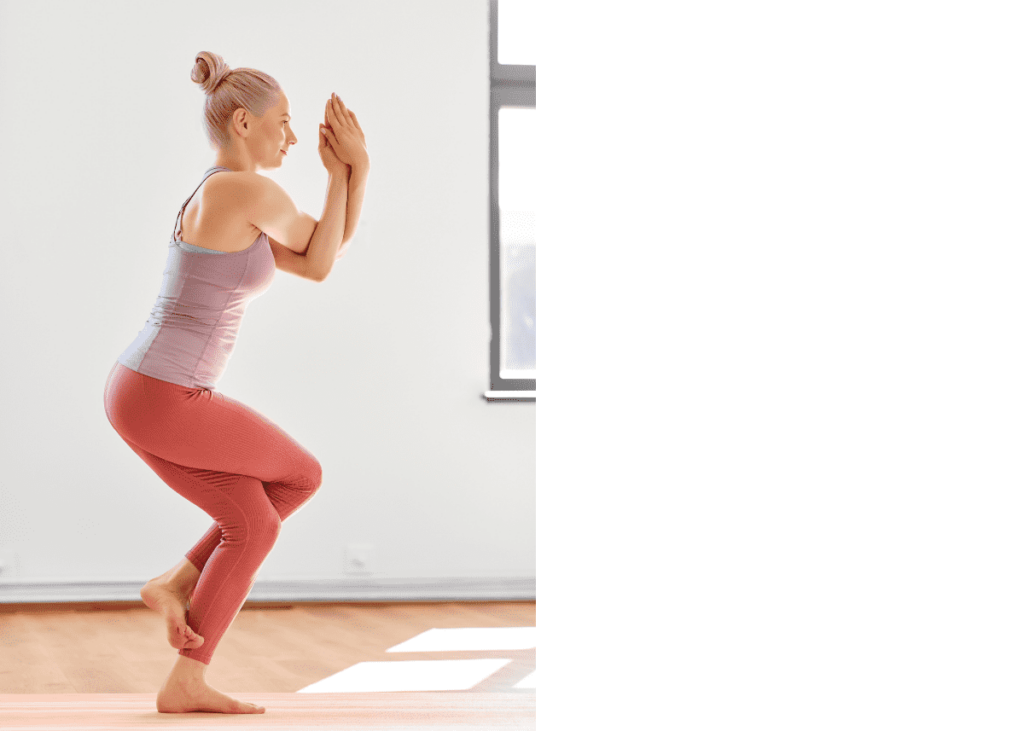
5. Chair pose
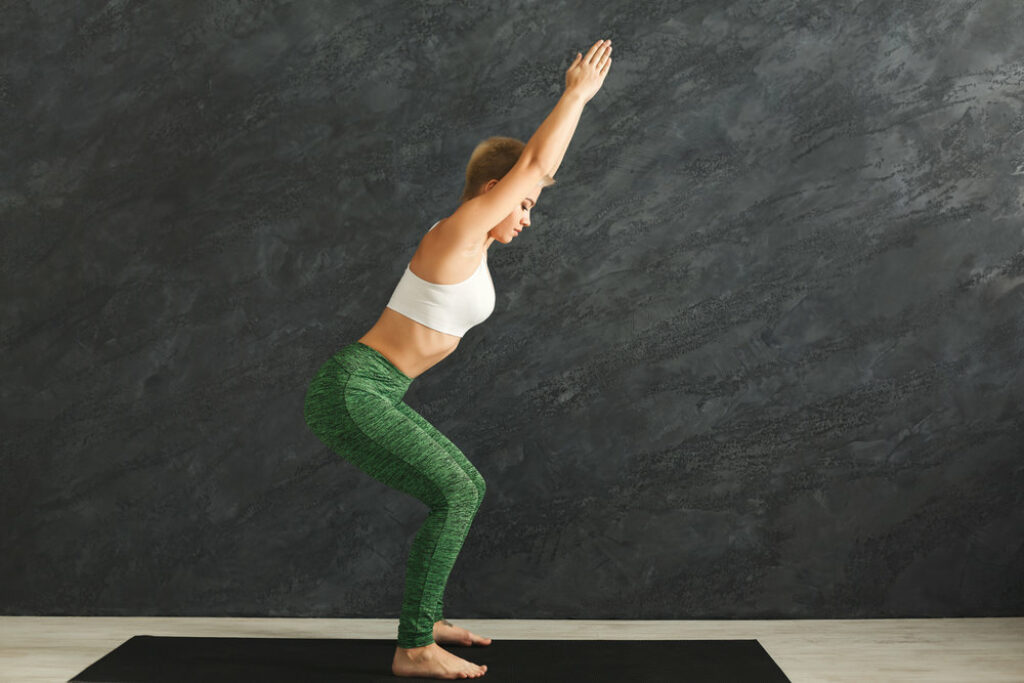
6. Bound angle pose
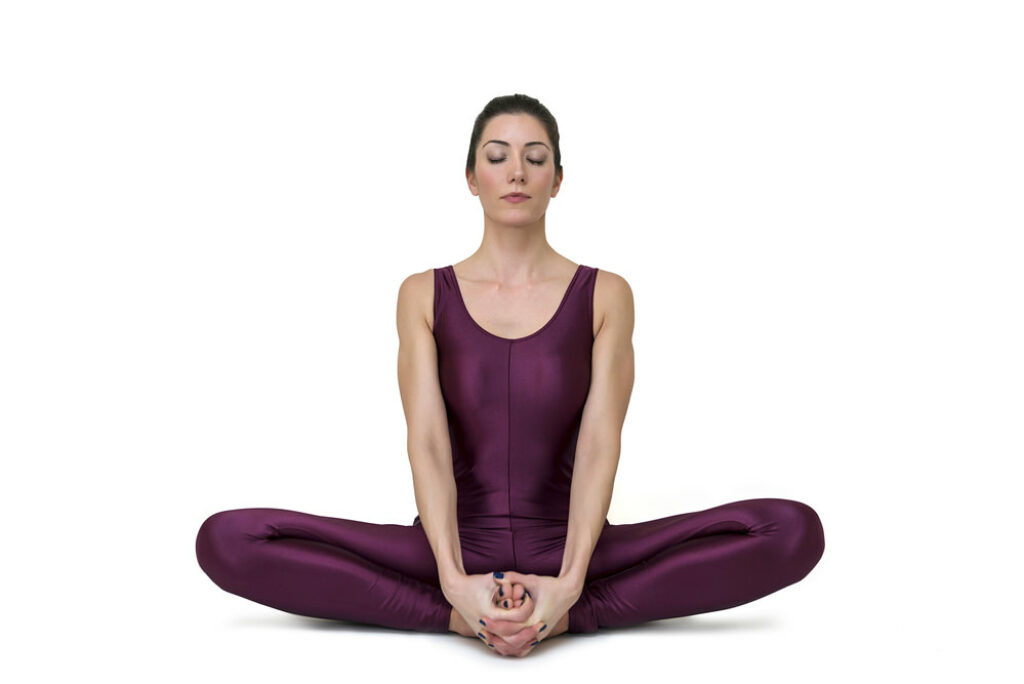
7. Seated spinal twist
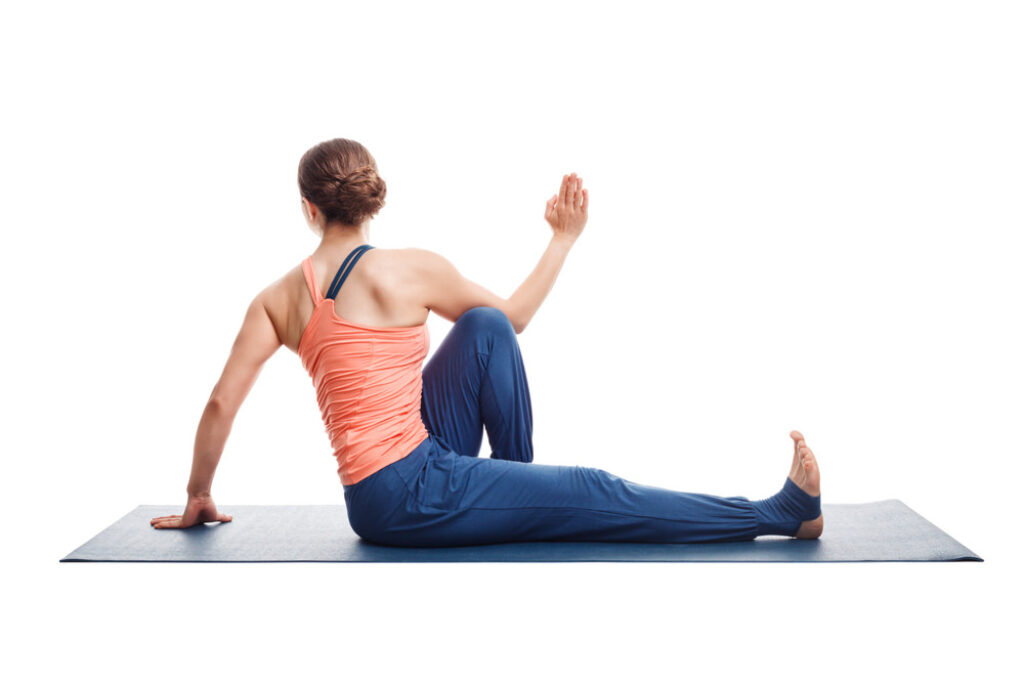
8. Fire log pose
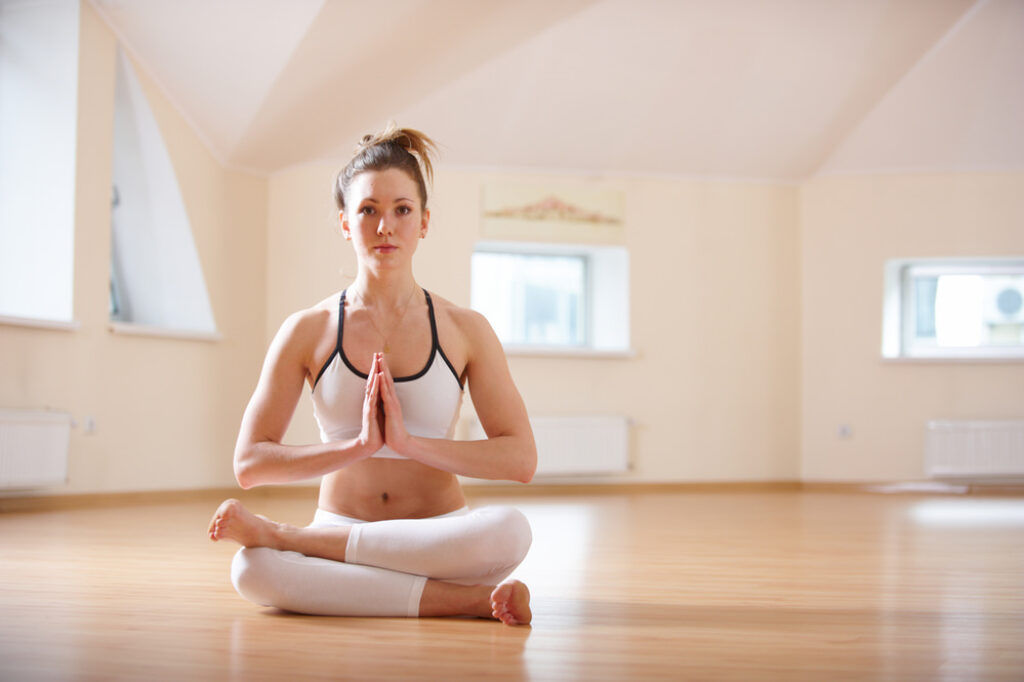
9. Reclined twist
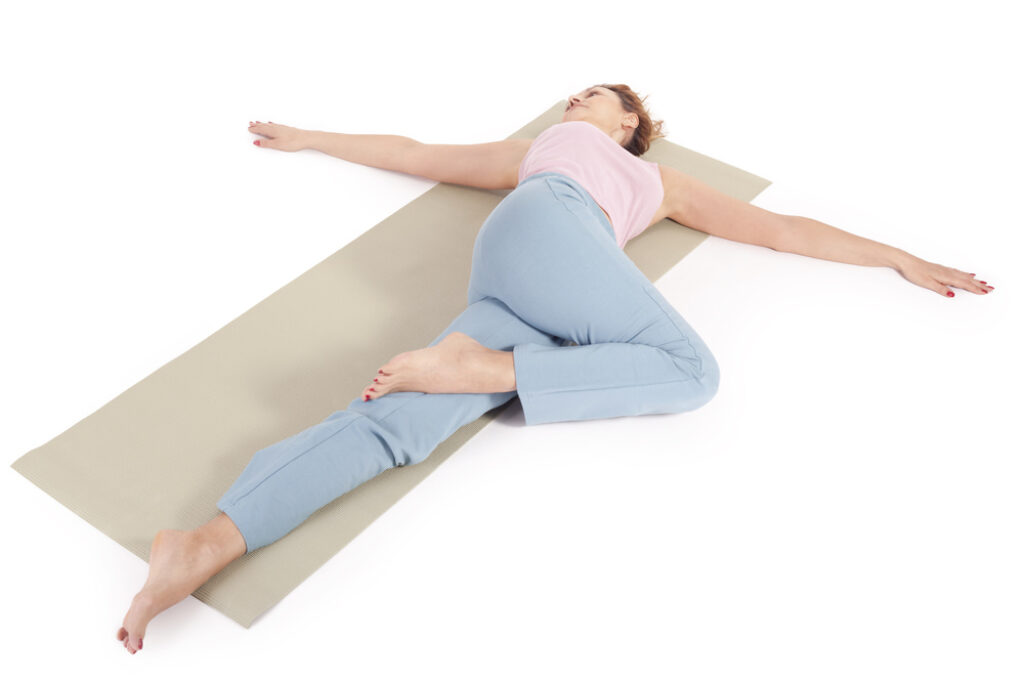
However, while these poses are suitable for trauma-informed yoga teaching, the physical postures are just one consideration of a trauma-informed yoga class. It is also essential to use inclusive language and create a calming, non-triggering external environment to help your yogis feel safe and at ease.
4 poses trauma sensitive yogis should avoid
Although a trauma-sensitive approach can be applied to different yoga styles, some poses can be potential triggers for trauma sufferers and, thus, should be avoided. Including but not limited to:
- Happy baby
- Knees-to-chest
- Child's pose
- Savasana
For example, Happy Baby and Knees-To-Chest are two poses that can trigger traumatic memories of sexual assault.
Child's Pose and Savasana are two other highly vulnerable poses, as the students cannot see what is happening around them. Child's pose, in particular, should be avoided as this is a position that practitioners may have taken as children to shield themself from abuse; thus, it can trigger trauma.
Savasana can be taught in trauma-informed yoga but should be modified. For example, yoga teachers will give the option to keep the eyes open and will use more mindful, suggestive cues than demanding ones, such as “soften your gaze” instead of “close your eyes.”
Poses aside, another thing that is typically omitted in trauma-informed yoga is hands-on adjustments. Or if the yoga therapist does offer physical assists, they will ask for permission every time and provide a private and non-verbal way to opt out, like by placing a card or chip at the top of the mat.
Takeaway on trauma sensitive yoga
So what is trauma sensitive yoga? Well, thanks to the calming sensation it has on the mind and nervous system, trauma-informed yoga can aid in the healing of various types of traumatic events, from childhood abuse to military sexual trauma.
Still, it's important to remember that yoga is an adjunctive treatment, even when taught with a trauma-sensitive approach. So it should be combined with medical treatment, not instead of.
FAQ about trauma sensitive yoga
What is the purpose of trauma-sensitive yoga?
Trauma-sensitive yoga helps people learn to regulate their physical responses and calm their minds to achieve an overall state of calm and safety.
How is trauma-sensitive yoga different?
Trauma sensitive yoga creates a safe space for people to recognize physical and emotional discomfort during their yoga practice and stop when those feelings arise. While many regular yoga classes encourage students to move through emotional discomfort.
Some online yoga studios, online yoga teacher training programs, and brands that we write about may offer us a small percentage should you decide to purchase after reading our content. Thank you for enabling us to exist!






